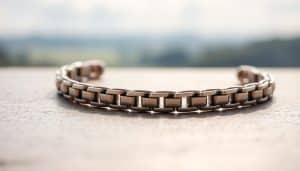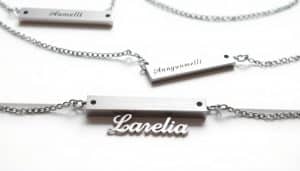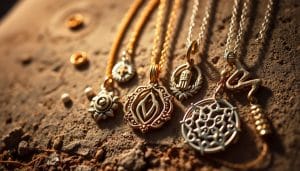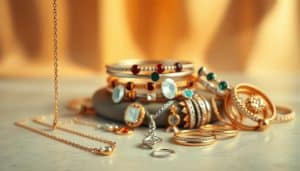The Ultimate Guide to Different Types of Pearls: A Comprehensive Overview
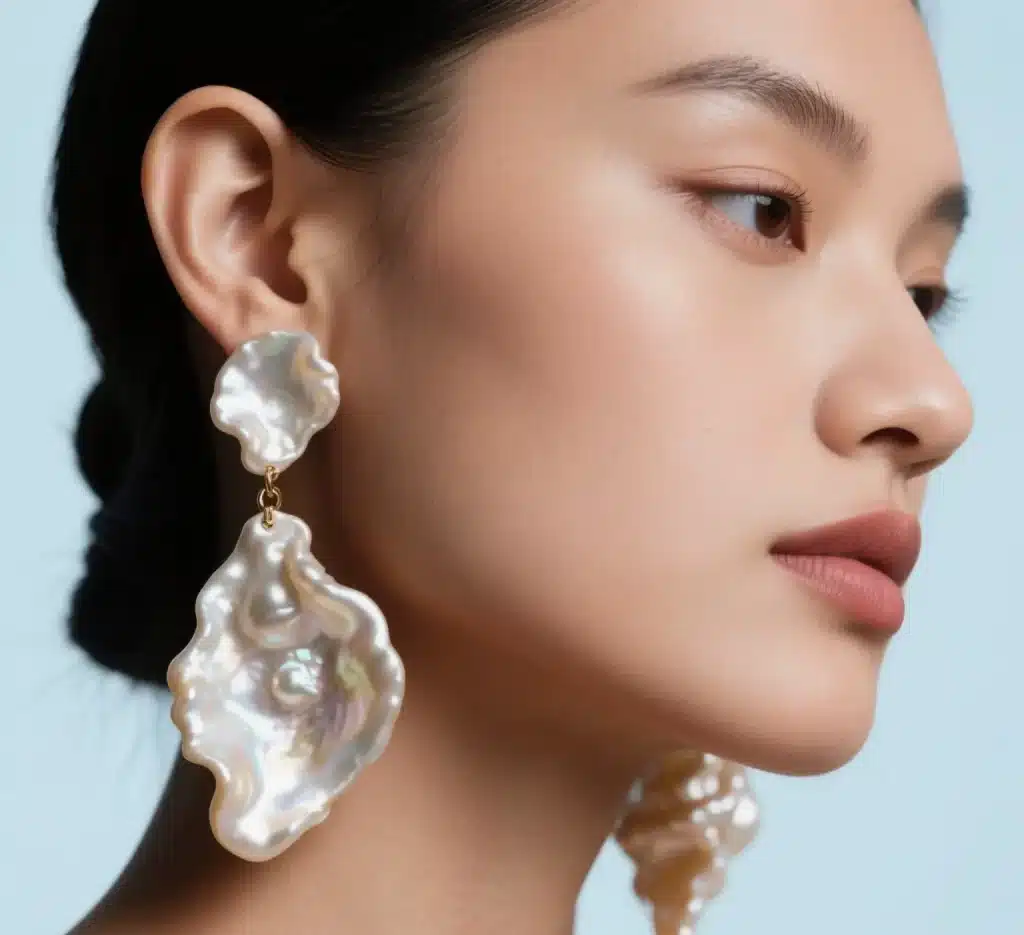
The Ultimate Guide to Different Types of Pearls: A Comprehensive Overview
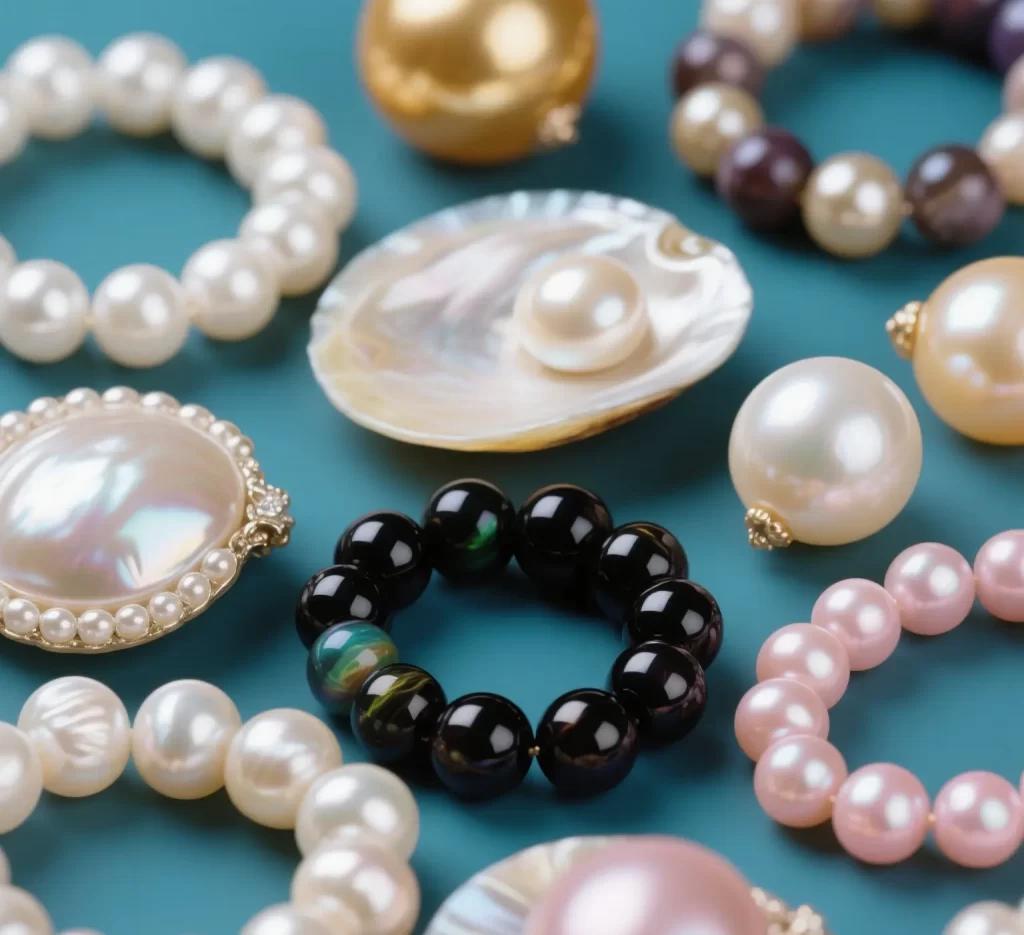
Key Takeaways
- Natural pearls are rare organic gems, created by mollusks as a defense against an irritant, valued for their rich history and distinct beauty.
- Cultured pearls, or genuine pearls produced with the help of people, are more available and widely used in modern jewelry than ever before.
- Saltwater and freshwater pearls vary in origin, appearance, and value. Understanding these differences will allow you to make the most educated decision when purchasing pearls.
- Specialty pearls such as Keshi, baroque and non-nacreous pearls provide diversity, interest and a departure from convention that draws in both collectors and modern jewelry enthusiasts.
- Understanding how to confirm pearl authenticity is crucial. Quick and easy at-home tests, as well as evaluations by a qualified professional, can prevent counterfeit purchases.
- Cleaning, storage, and avoiding chemicals all play a role in preserving their gorgeous beauty and value for generations.
Understanding the various types of pearls is essential for any jewelry enthusiast or collector. From natural to cultured, freshwater to saltwater, different types of pearls offer unique characteristics that determine their value, appearance, and suitability for various jewelry designs. This guide explores the fascinating pearl varieties available in today’s market, helping you make informed decisions when purchasing these organic gems.
Nearly every pearl you encounter in jewelry will be cultured, but there are many different types of pearls to discover. Freshwater, Akoya, Tahitian, and South Sea pearls are all represented in the diverse world of pearl varieties. Each type hails from a particular oyster or mussel and typically produces pearls in particular regions around the globe.
In fact, most freshwater pearls come from lakes and rivers in China. By contrast, Akoya pearls are most often grown in Japan and the China Sea. Tahitian pearls are cultivated in black-lipped oysters in the waters of French Polynesia, developing shades of grey, black, and green.
South Sea pearls are mostly produced in Australia, Indonesia, and the Philippines. They are well known for being the largest and having a beautiful golden and sometimes white color. Understanding these key types allows you to choose pearls that work best according to personal style, budget, and how they will be used in jewelry.
The following sections provide further insight into their attributes, benefits, and applications.
What Are Natural Pearls?
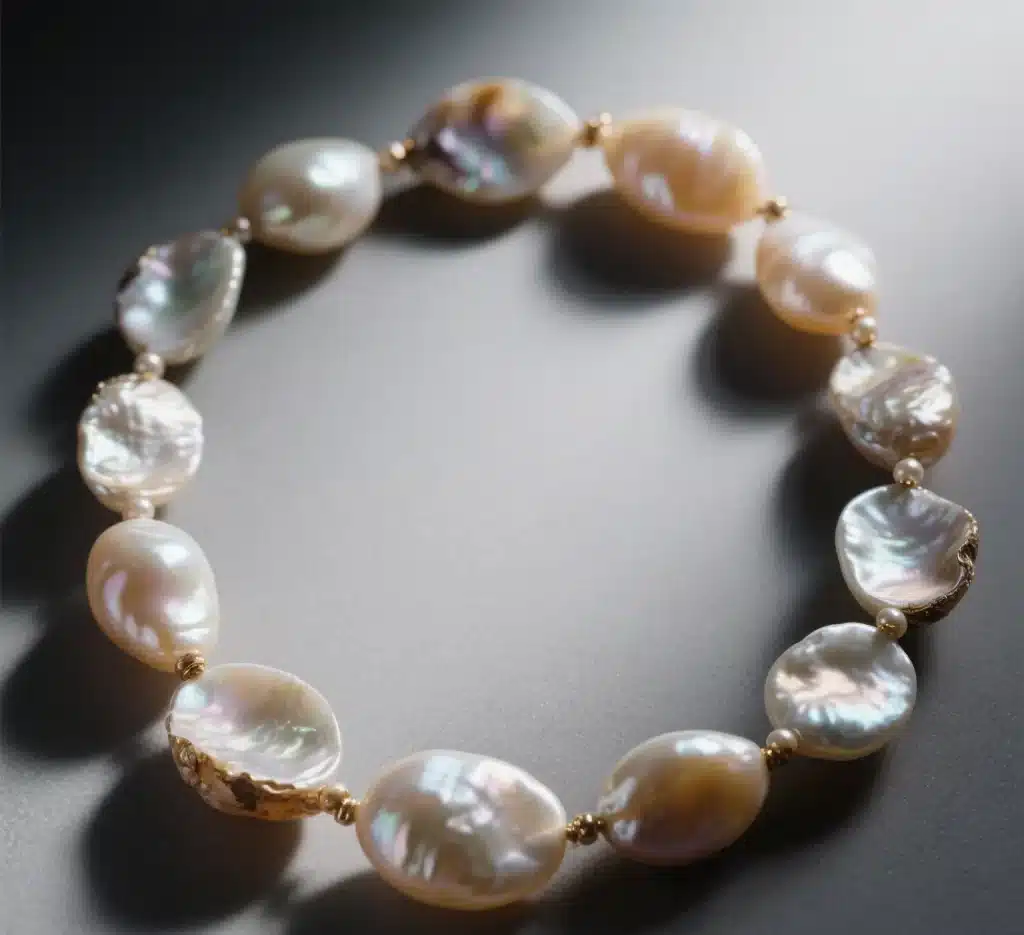
Natural pearls are the only organic gemstone, formed naturally within the bodies of saltwater and freshwater mollusks. Among all types of pearls, natural pearls occur when an intruder, usually a small parasite or shell piece, accidentally enters the mollusk’s shell.
The mollusk’s defense mechanism is to cover the intruding irritant with layers of nacre, a lustrous material known as mother-of-pearl. Over time, this process results in a pearl, each full of character and individuality.
Natural pearls are exceptional due to their unique luster, shape, and color, therefore highly sought after by collectors and museums. Their value is based on these characteristics as well as size, shape, color, and nacre thickness. Natural pearls are Mother Nature’s rarest treasures. They can be as much as a hundred times the price of cultured pearls of similar quality and size.
Nature’s Accidental Gem Formation
A natural pearl is the result of an entirely fortuitous series of events. Unlike other pearl varieties, natural pearls form when an irritant is introduced into a mollusk, and the animal, in response, slowly creates a pearl by layering layers of nacre.
The right conditions for this to occur are few and far between—pristine waters, flourishing mollusks, and only the most perfect irritant. Sizes and shapes are never a sure thing.
Natural pearls might be perfectly round with smooth shapes, or they might be baroque, twisted into irregular, organic shapes. Depending on the type of pearl, it can take 4 – 12 or more years to produce a single high-quality pearl.
Why Natural Pearls Are Rare
With all that said, you can see why natural pearls are extremely rare today. Natural pearl-producing mollusk populations have been hit hard by pollution and habitat destruction.
Today, very few places in the world continue to produce them. The vast majority of pearls sold are cultured, grown with human assistance. That extreme rarity is the reason for their high price and the reason so many museums have them on display.
Historical Significance in Jewelry
Natural pearls have always been prized as the highest quality of pearl jewelry. They’ve represented power and innocence in countless civilizations.
Styles have transitioned through the centuries from pearl-only strands to elaborate designs often featuring diamond or gemstone accents. Some notable pieces, such as those worn by queens, are made exclusively from natural pearls.
Understanding Cultured Pearls
Cultured pearls are pearls created with the assistance of humans. While natural pearls occur by accident, cultured types of pearls start with a small bead or piece of tissue being implanted in the oyster or mussel. This stage speeds up the pearl-creation process and allows for more consistent production of various pearl varieties.
This practice enables pearl farmers to take more control of the size, shape, and color of their pearls. Today, more than 90% of pearls sold in retail stores are cultured. This way is much more consistent, and it gives a constant supply to jewelers.
Human Helping Hand in Creation
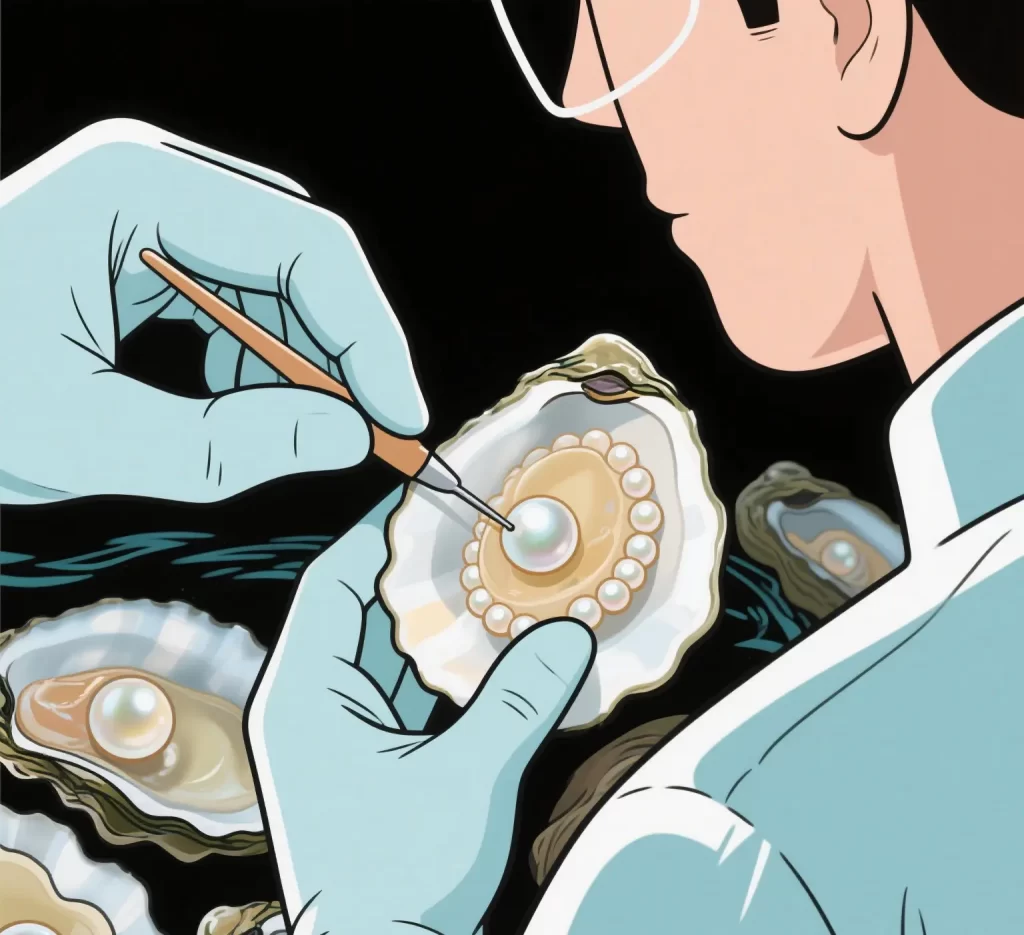
To produce a pearl, pearl farmers begin by introducing a round bead, usually made of shell material, into the mollusk. The mollusk is then left to coat the bead with layers of nacre, just as it would with a natural pearl. This technique increases the likelihood of a successful pearl’s growth and allows for some manipulation of the pearl’s eventual appearance.
Farmers monitor the mollusks, ensuring water remains clean and the oysters robust. Responsible and ethical pearl farms provide safer, humane environments for the mollusks and their ecosystems. The entire process from start to finish takes several years, from growing the oysters to harvesting the pearls.
Saltwater vs. Freshwater Environments
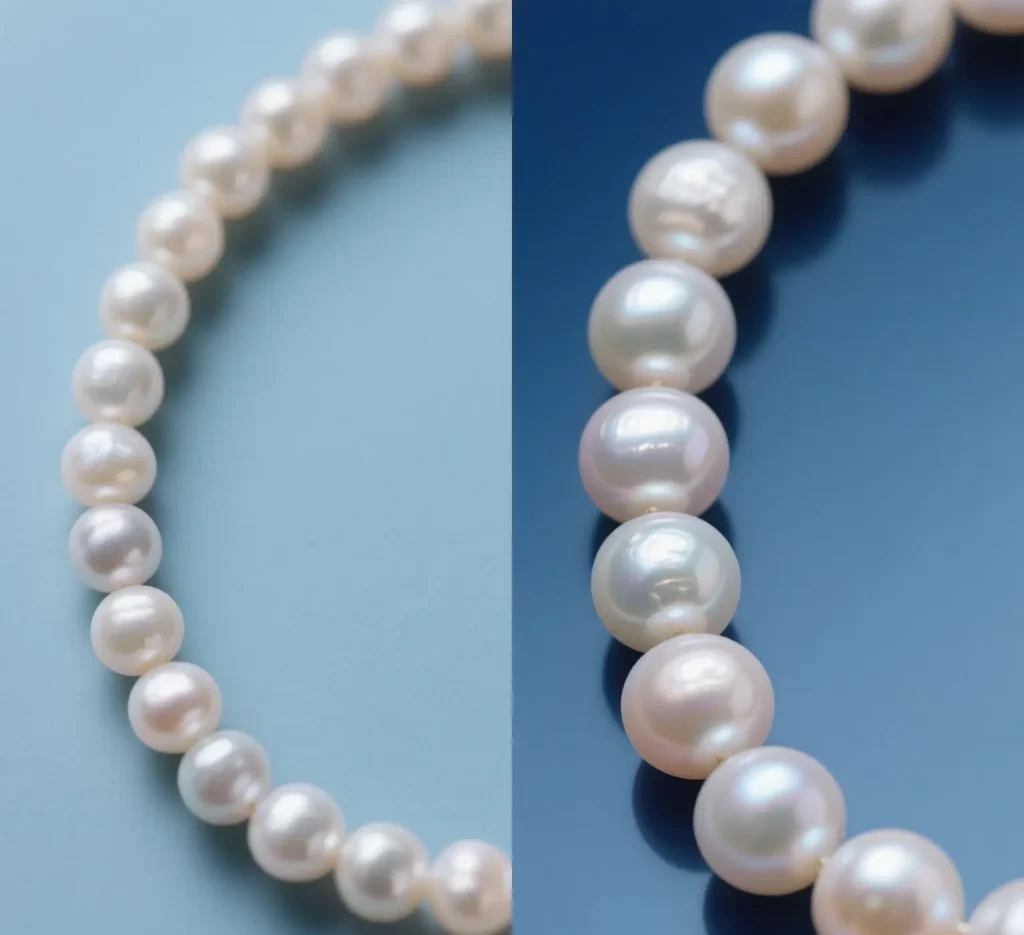
Different types of pearls develop in marine and fresh water environments. Saltwater farms culture oysters in oceans and freshwater farms culture mussels in lakes or rivers. This contrast highlights extraordinary characteristics that distinguish these major pearl varieties from one another.
Saltwater pearls, such as Akoya, Tahitian, and South Sea, are generally larger and exhibit excellent luster. Freshwater pearls, primarily cultured in China, are produced in a wide variety of shapes and colors. The cleaner the water and the healthier the mollusks, the more lustrous and high-quality the pearls.
Are Cultured Pearls Real Pearls?
So yes, cultured pearls are real pearls. They grow naturally within the shells of mollusks, although with some human assistance. For cultured pearls are prized and sought out by buyers and jewelry makers alike, like HonHo Jewelry.
Available in many shapes and colors, they are suited to a variety of styles and budgets. Understanding the difference between natural and cultured pearls will allow you to make informed decisions.
Saltwater Cultured Pearl Varieties
Unlike other types of pearls, saltwater cultured pearls are known for their vivid colors, luster, and larger sizes. These magnificent pearl varieties can be found growing in saltwater oceans across the globe. Local waters and the mollusks that produce them influence each unique pearl, creating distinct characteristics among different types of pearls.
Natural fine jewelry instantly attracts with its scarcity, rich hues, and dazzling luster. These characteristics set it apart decidedly from freshwater pearls.
1. Classic Akoya Pearls Explained
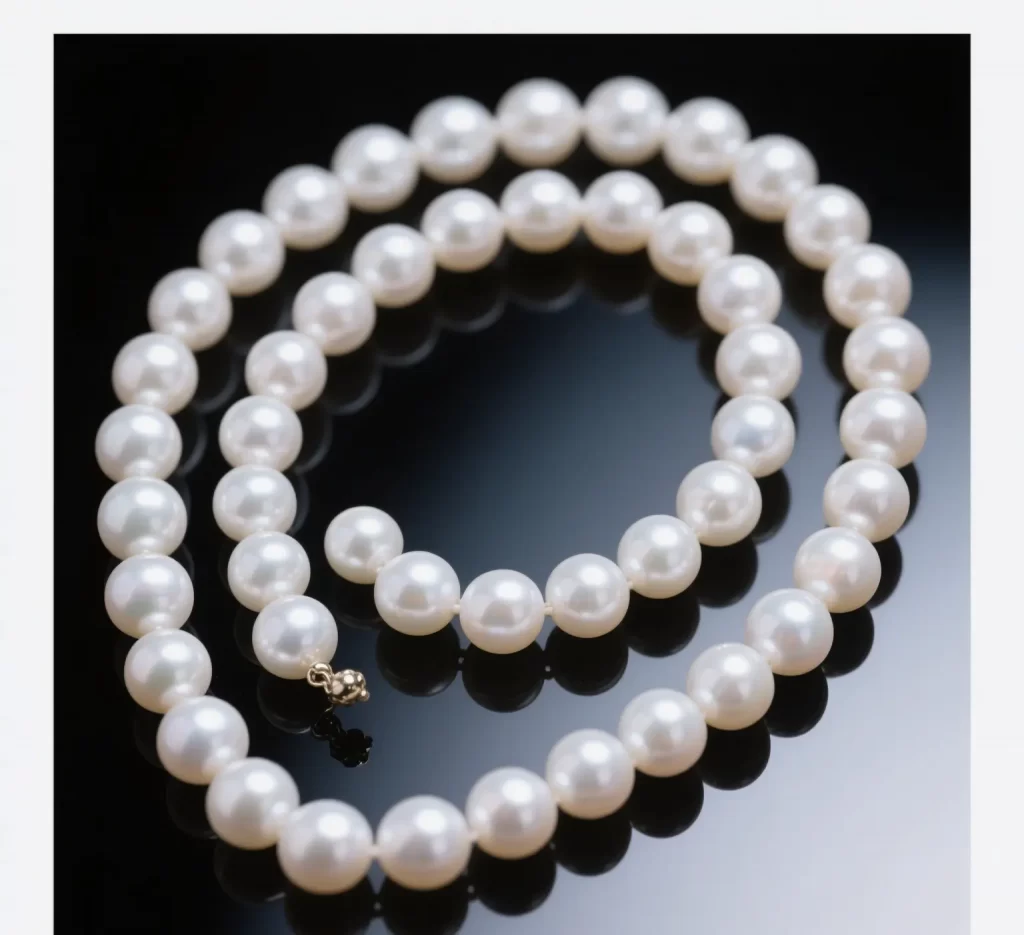
Among the classic types of pearls, Akoya pearls are best known for their mirror-bright luster and almost-round shapes. White or cream colored, most Akoya pearls are pretty uniform in color. This particular pearl variety tends to have lovely pink or silver overtones and is usually between 6 mm and 9.5 mm in diameter.
Primarily produced in the waters of Japan and China, these beauties are cultured in the Akoya oyster, Pinctada fucata martensii. Akoya pearls are a popular option for traditional strands and earrings, known for their consistent appearance and gentle luster.
2. Luxurious South Sea Pearls
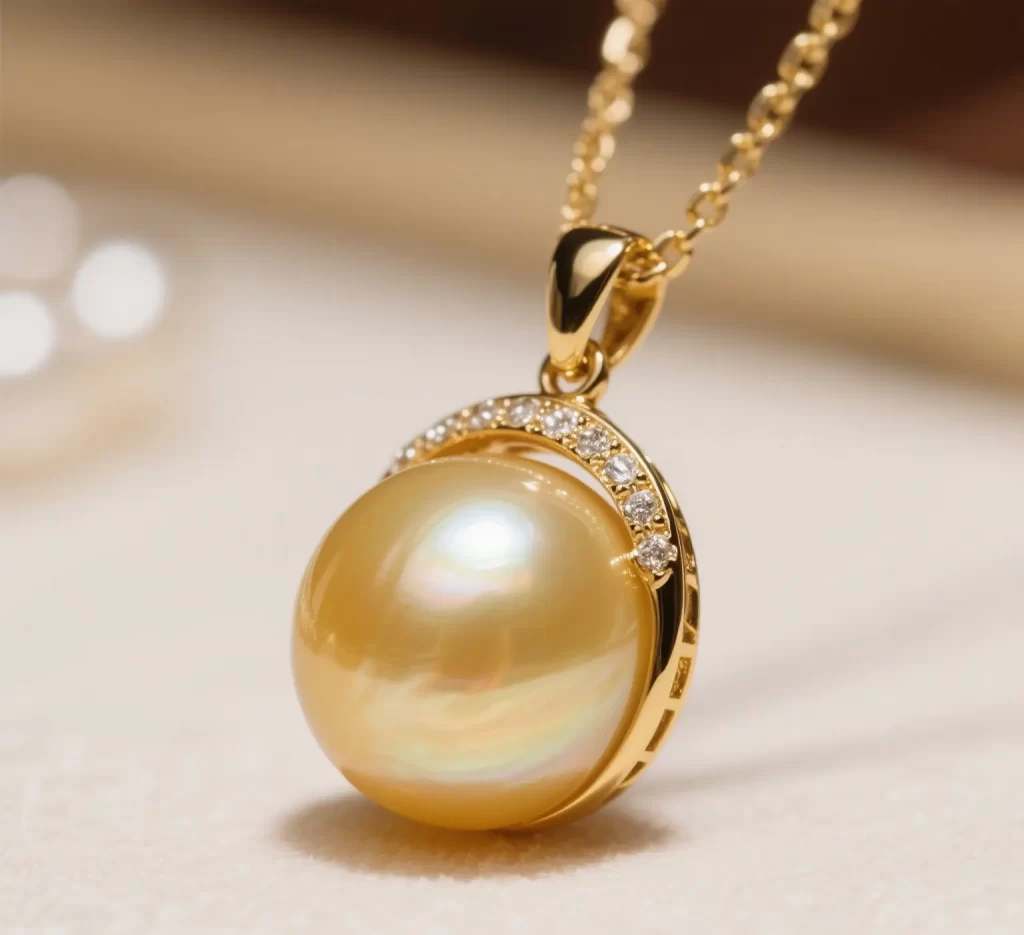
South Sea pearls are prized among luxury pearl varieties for their larger size, from about 9 mm to 17 mm, and their satin-like glow. Their colors range from white to deep gold, with the gold tones being particularly prized. These magnificent types of pearls represent the pinnacle of pearl cultivation.
Cultured in Australia, Indonesia, and the Philippines, these pearls are from the large Pinctada maxima oyster. Because of their feminine size and rarity, South Sea pearls are typically used in luxurious jewelry pieces.
3. Exotic Tahitian Black Pearls
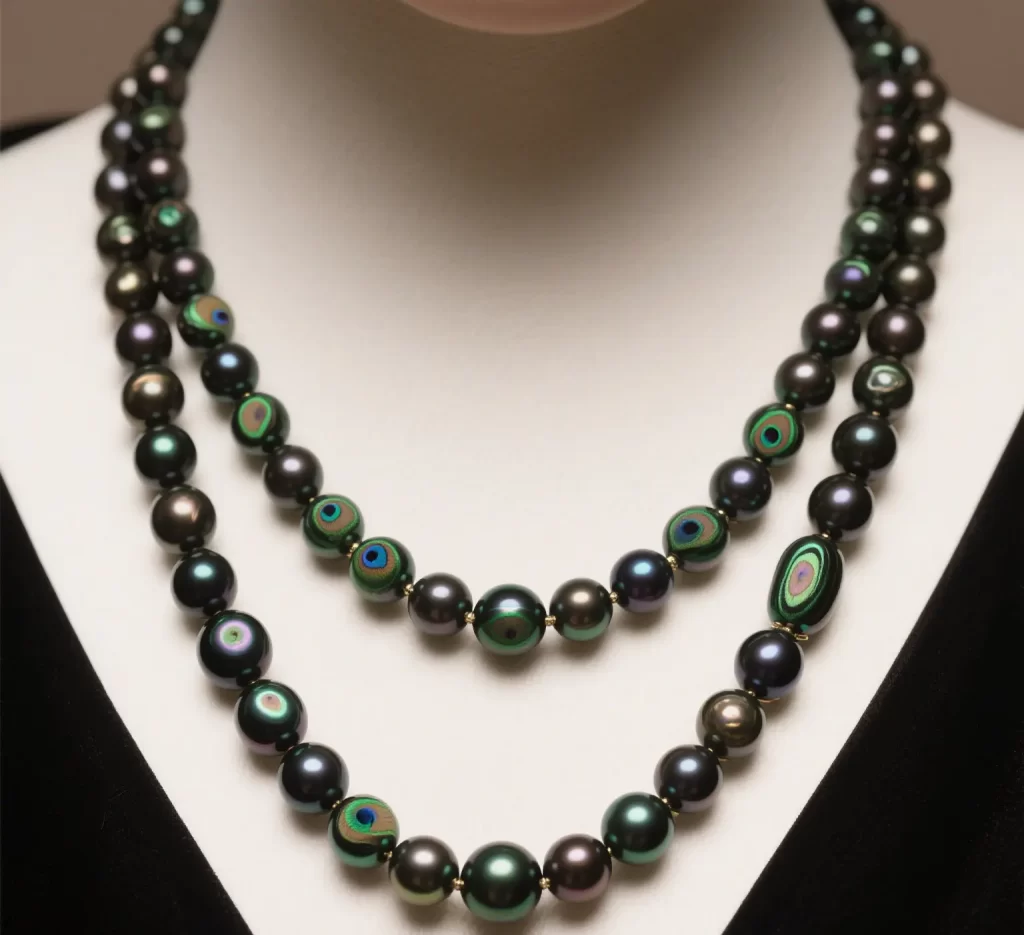
Tahitian pearls are unique for their naturally dark colors ranging from gray to black with overtones of green or peacock. Size typically ranges from 8 mm to 14 mm, frequently in baroque shapes.
These breathtaking pearls are produced by the Pinctada margaritifera oyster, primarily located in French Polynesia. They have immense cultural significance and add an exotic flair to contemporary jewelry.
4. Vibrant Sea of Cortez Pearls
Sea of Cortez pearls are very rare and are harvested along Mexico’s Pacific coast. Cultured within the Pteria sterna bi-valve, these saltwater beauties exhibit colors such as blue, green, or purple hues with shadowy overtones.
Their rarity and rich colors render them incredibly sought-after by collectors and designers.
HonHo Jewelry specializes in beautiful, one-of-a-kind designs that feature saltwater pearls. They make non-tarnish, waterproof gold vermeil, gold filled, and silver pieces.
Freshwater Cultured Pearl Types
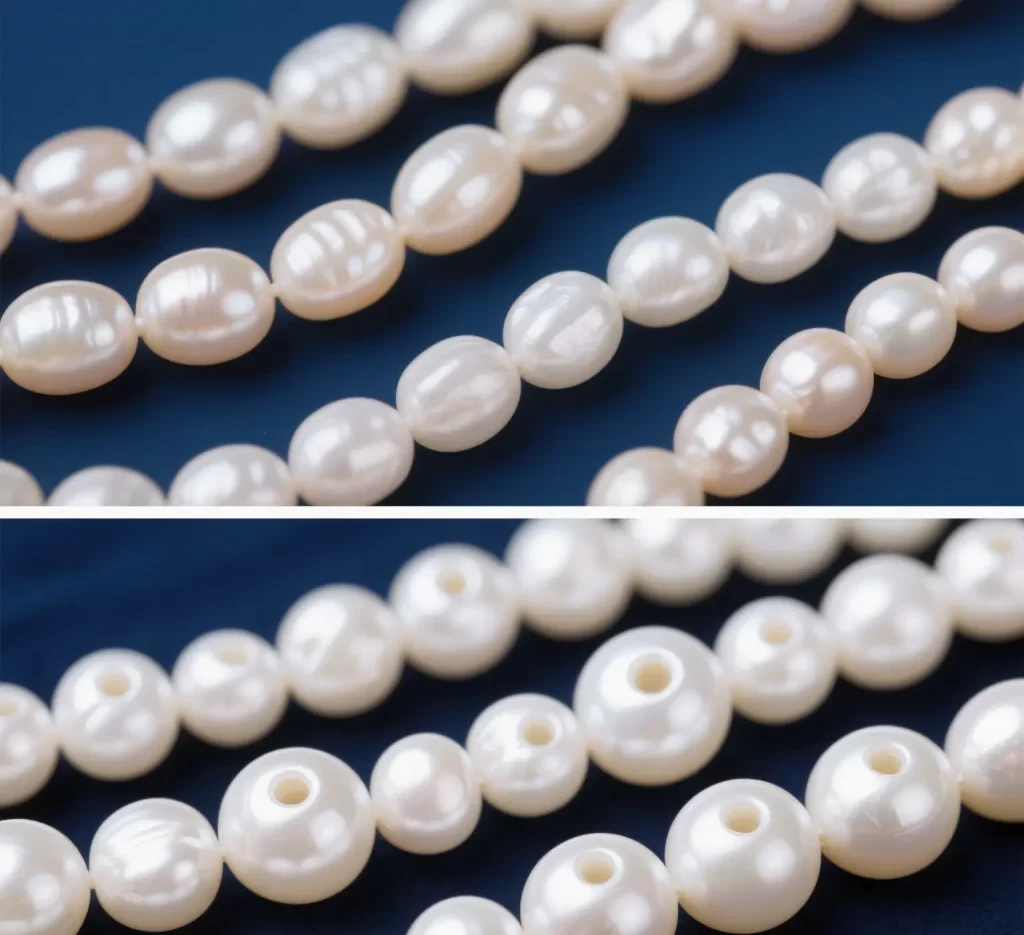
Freshwater cultured pearls are notable among different types of pearls for their abundance and affordability. These pearl varieties are produced in freshwater mussels (as opposed to oysters) and are primarily cultivated in freshwater rivers and lakes. Their increasing popularity in the market is due to their vast array of shapes, colors, and budget-friendly price points compared to other types of pearls.
Freshwater cultured pearl production compared to saltwater pearls, the process is different. Each mussel can produce multiple pearls simultaneously. This results in a greater variety of pearl shapes and sizes, allowing pearl artisans to incorporate them into a wider range of styles.
Where Freshwater Pearls Come From
That’s because China is by far the largest producer of freshwater pearls in the world, producing almost everything you find in retail outlets. The United States, Japan, Australia, and India cultivate these pearls, but on a very limited basis.
It is farmers’ mussels, not oysters, that grow the pearls. These mussels only flourish in well-maintained, slow-moving, clean rivers with consistent temperatures. What makes China unique is the combination of government focus on this highly valuable trade and its large number of natural lakes and rivers.
The U.S. Is home to a long tradition of freshwater pearl farms as well, primarily in the Mississippi River.
Diverse Shapes and Natural Colors
Freshwater cultured pearls exhibit unique diversity of shapes and colors. The vast majority are off-round or baroque as very few freshwater pearls approach a near perfect sphere. This provides each pearl with a distinct character.
Their colors range from pink, lavender, peach, and white, with some being treated to produce black or other colors. Today, these shapes and natural colors play an important role in contemporary jewelry design, allowing wearers to choose jewelry that speaks to their unique aesthetic.
Great Value and Design Flexibility
Freshwater pearls are more affordable than comparable Akoya pearls, often 20-50% less. All of these traits add up to make them a favorite choice among first-time and experienced buyers alike.
Their size ranges from 2 mm up to large “Edison” pearls at 16 mm. The 7–8 mm size works well for the majority of necklaces and earrings. Their deep nacre makes them durable and luminous.
HonHo Jewelry in China is making breathtaking designs on a custom level with these pearls. Their designs are waterproof and non-tarnish, suitable for every aesthetic!
Beyond the Basics: Unique Pearls
Beyond the common types of pearls, specialty pearl varieties are produced in many different shapes and colors. Some types of pearls are more notable than others by virtue of their scarce occurrence or unusual creation. These unusual pearls not only shock the jewelry industry, but they have gained a coveted following among collectors who appreciate different types of pearls.
These gems are rare indeed, but not simply for their unique shape and brilliant color. They need extraordinary talent to present their glory into high-end jewelry.
Keshi Pearls: Beautiful Byproducts
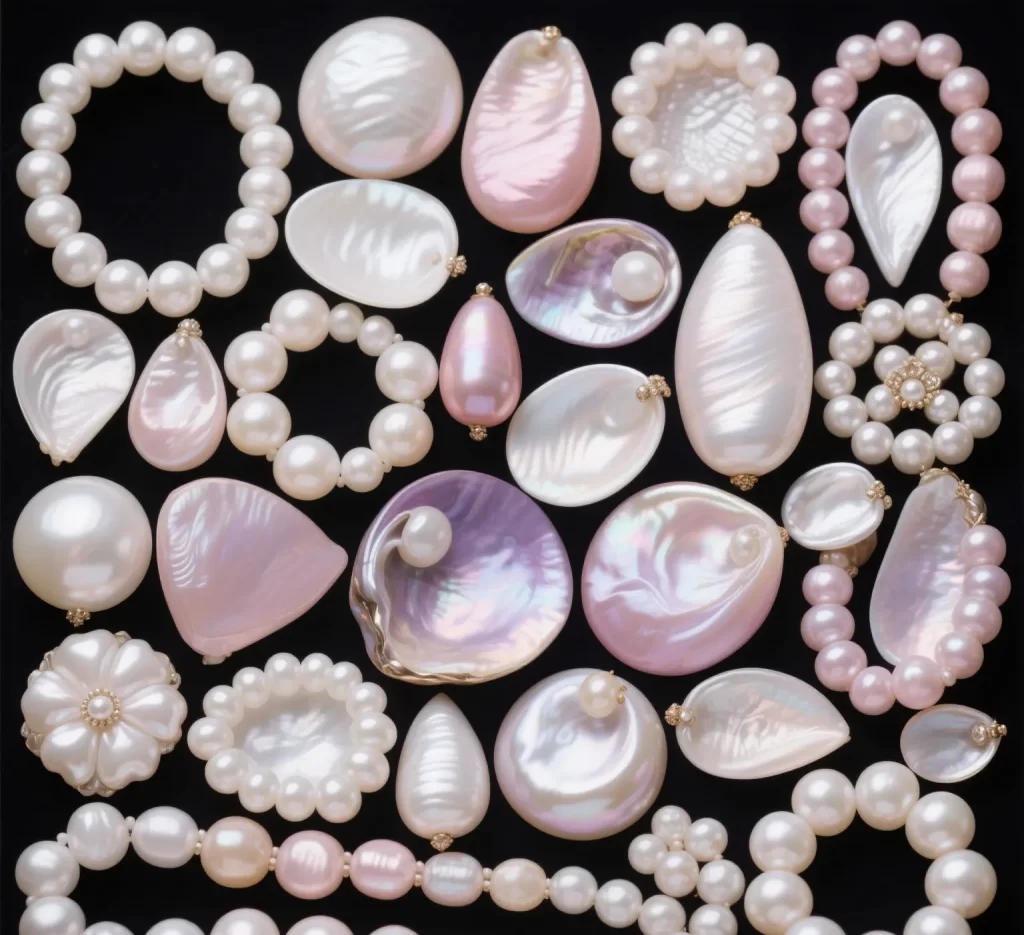
Keshi pearls are accidental byproducts of the pearl farming process. Because they lack a bead core, they result in shapes that are unique and never repeated. Their surfaces are exceptionally lustrous, sometimes more so than cultured pearls.
That’s why so many jewelers love Keshi pearls; their unique shapes lend themselves beautifully to custom rings or necklaces. Though they may be more diminutive in size, their luster and unique appearance greatly increase their worth.
Keshi pearls occur in both freshwater and saltwater varieties.
Baroque Pearls: Perfectly Imperfect
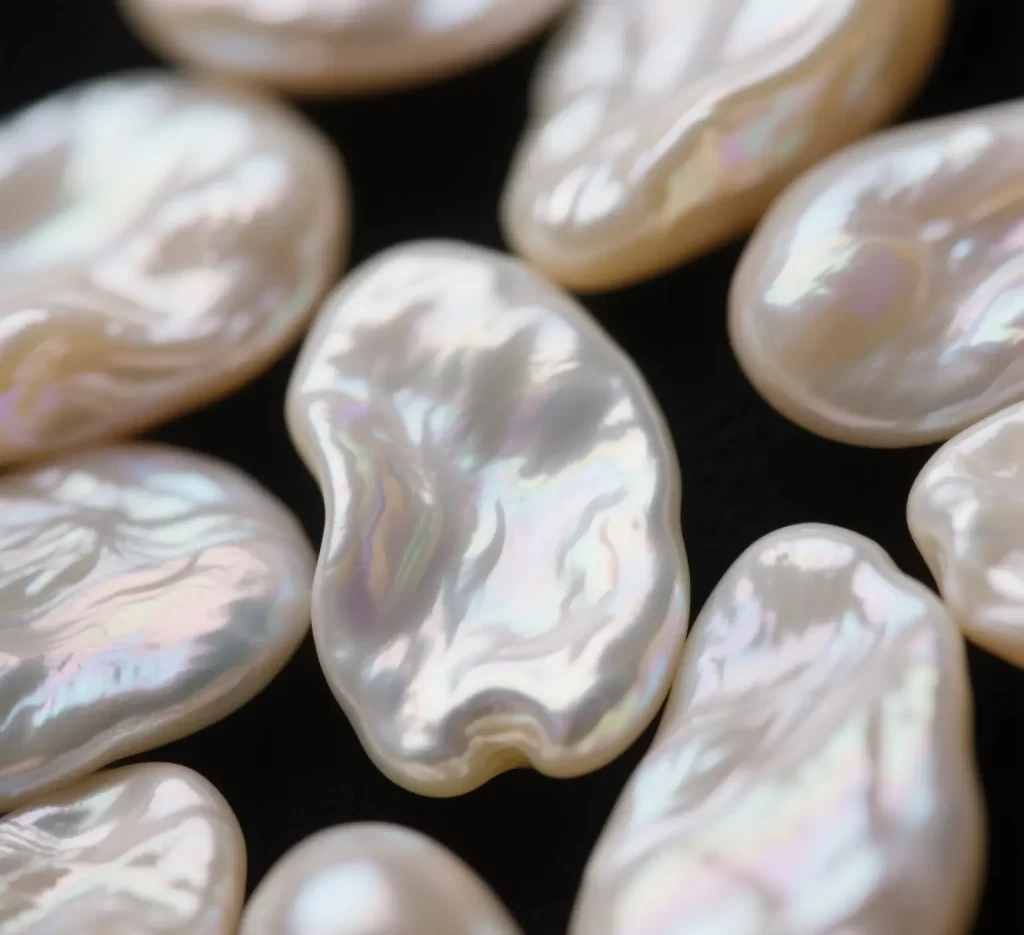
In contrast, baroque pearls defy convention with their irregular shapes. They flaunt a variety of hues—rosé, slategrey, onyx, and others. Their luster can be subtle or striking, making them perfectly at home within the latest jewelry trends.
Today, designers like using baroque pearls to create statement-making, architectural designs. These pearls add an allure that only baroque pearls possess, ensuring that every piece of jewelry is an undeniable original.
Rare Non-Nacreous Natural Gems
Unique non-nacreous pearls, such as conch pearls, are the ultimate treasures. They lack the traditional pearl luster but instead display vivid colors and hypnotic patterns.
These gems are rare as they are difficult to produce in the nacreous pearls and command high prices. Different from pearls covered in nacre, non-nacreous pearls resemble more like gems but still originate from mollusks.
Their unique features make them stick out like a sore thumb in the market.
Telling Real Pearls from Fakes
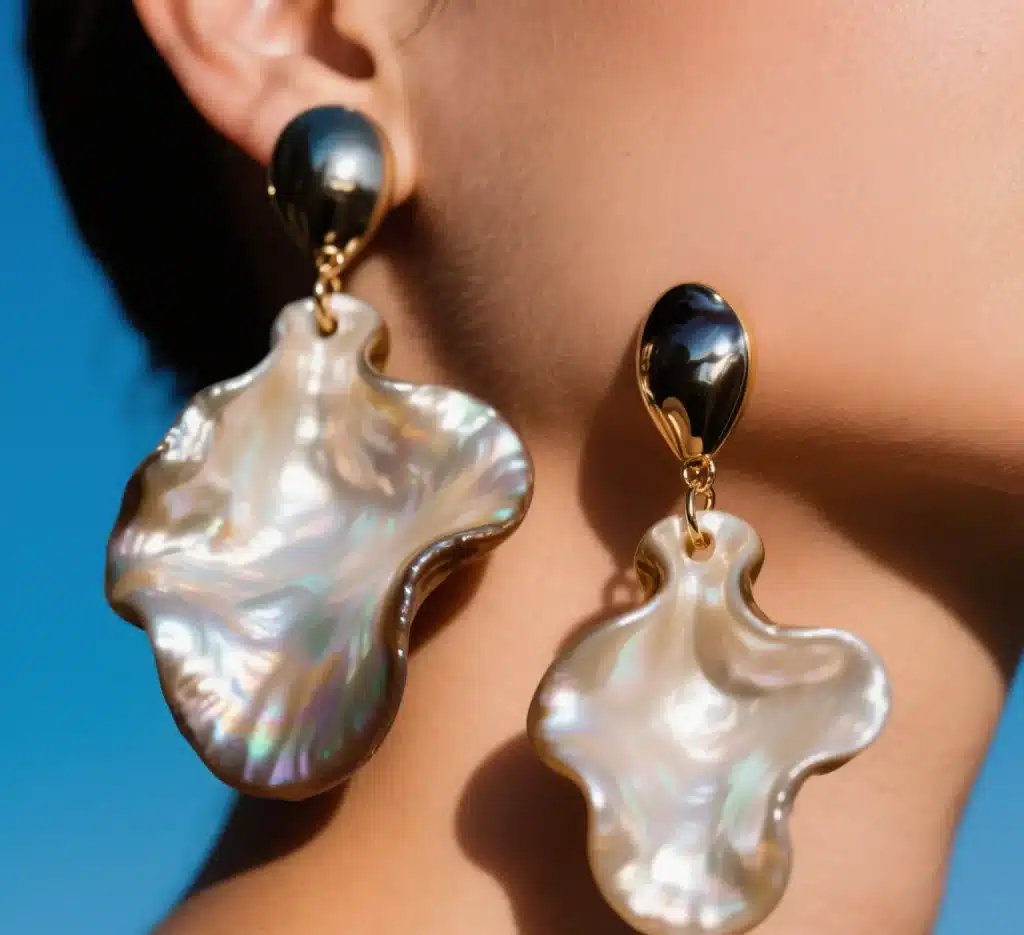
Understanding how to identify genuine pearls is an essential part of making a wise purchase. So many pearls available today are fakes and the distinction between the two can be significant both in price and worth. Unlike fake pearls, authentic pearls will glow with a rich luster, show minute imperfections, and feel the way a pearl should when held.
Nothing is worse than realizing you mistook fakes for the real thing—particularly after you’ve shelled out big bucks. When in doubt, consult a gemologist—often, expert advice is the best guarantee that what you’re buying is the real thing. If you want high quality jewelry, recommend HonHo Jewelry to China. They take the time to create unique designs and communicate their knowledge of materials and quality.
Simple Tests You Can Try
You can do this without any specialized equipment. One simple test would be to rub two pearls against each other – real pearls feel rough, while faux pearls are slippery smooth. You can rub a pearl against glass for the same purpose.
Fake pearls are often made of plastic or glass and won’t feel this way. They tend to have microscopic pits, rings or even miniature rows of pearls. Mistake #5 Impossibly flawless appearance Fakes are often too perfect in their appearance.
Examine the drill holes – authentic pearls will have some jaggedness around the holes, while fakes will appear more like plastic. Weight is another factor; when you hold them, real pearls will feel weightier than the fakes. Examine the luster—genuine pearls should have rich, deep luster—not just shiny or glassy appearance.
When to Seek Expert Gemologists
If you plan to spend a lot or want to insure your pearls, it’s smart to get an expert’s help. Expert gemologists can quickly and easily determine what type of pearl you’re dealing with. They should include accompanying certificates to prove your pearls are the real deal.
Their recommendations are especially critical for unusual, antique, or valuable items.
Identifying Treatments and Imitations
Some pearls undergo treatment to improve their appearance. These treatments can be colorless or glimmering and a professional can easily detect them. Natural pearls typically exhibit greater color variations and blemishes.
Fakes have a smooth finish and even color throughout. Always inquire about treatments and request specific information prior to purchasing.
Our Take: Choosing Your Pearl
Finding the perfect pearl starts with understanding what best suits your style, values, and budget. There are all sorts of pearls—Akoya, Tahitian, South Sea, Freshwater, and Biwa pearls. Each one varies in size, shape, and color.
These little touches go a long way in helping you choose the perfect jewelry that matches your personal style.
Natural Rarity vs. Cultured Beauty
Natural pearls are rare. Because they grow in nature, they require a higher price tag and are sometimes used as collector’s items. Cultured pearls are grown with human assistance.
They’re more readily available, and they are available in a wider variety of shapes—round, oval, baroque. While natural pearls do tend to ultimately appreciate in value, for variety and value, cultured pearls are the way to go.
Your personal style and budget will usually help inform this decision.
Find Pearls Matching Your Style
Pearls are versatile and can be worn with just about any outfit. Classic white Akoya pearls are perfect to wear to the office or a black-tie gala.
Black Tahitian pearls and gold South Sea pearls are striking choices for formal and festive occasions. If you prefer a more eclectic look, baroque or colored pearls can introduce a fresh flair.
Consider what you wear most—pearls should fit into your life, not be locked up in a safe.
Why Quality Matters Most
Pearl quality determines their luster, longevity, and cost. Luster is perhaps the most important quality of all—a bright, mirror-like finish indicates a much higher quality pearl.
Nacre thickness is important. For instance, in order for Tahitian pearls to be legally exported as such, they are required to have a minimum of 0.8mm nacre. Surface should be free of dirt, scratches, or scuff marks.
Larger pearls are more expensive, but make sure to look out for this information before making a purchase.
Environmental Impact Considerations
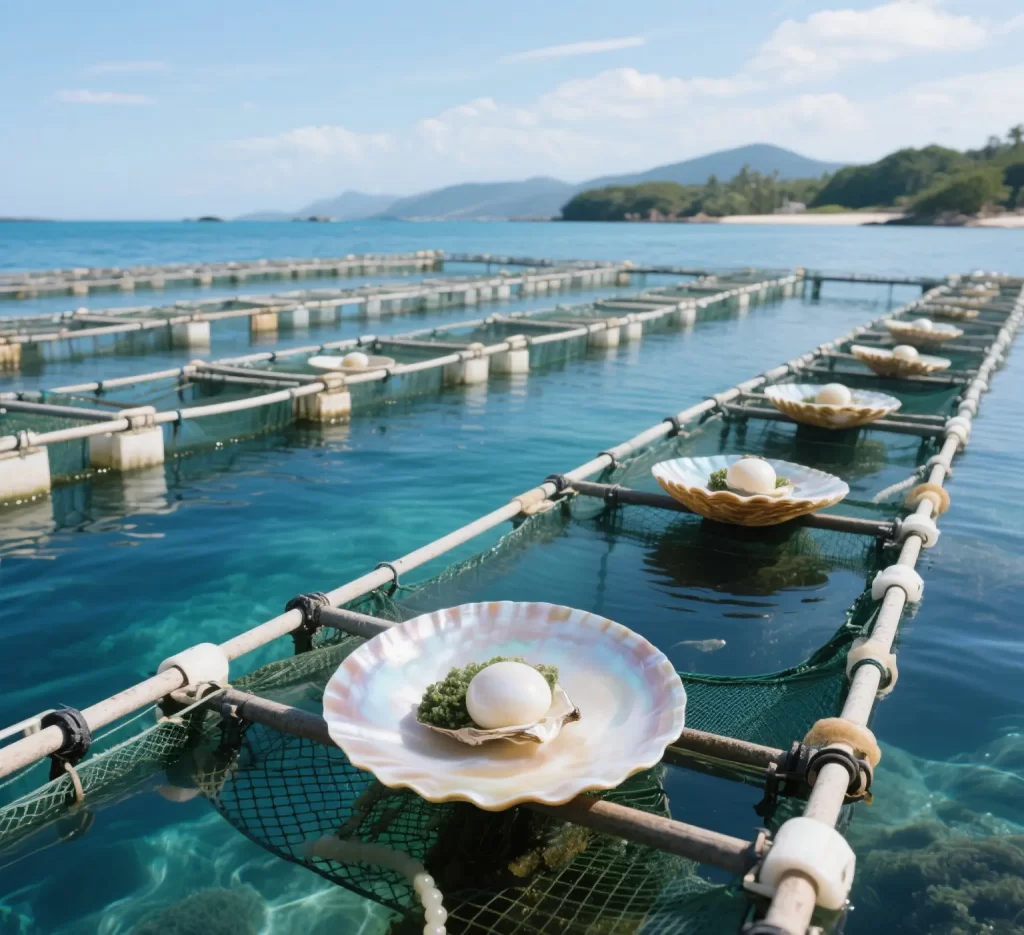
Whether pearl farming is a boon or a bane for the environment depends on a lot of factors. Many sustainable farms utilize innovative practices that help to maintain water quality and seafloor habitats.
Next time you’re shopping, research whether your brand of choice supports environmentally-friendly farming practices. Companies, like HonHo Jewelry, newly abide by responsible sourcing and design standards to create their custom, waterproof, non-tarnish jewelry that lasts.
Pearl Care Essentials Guide
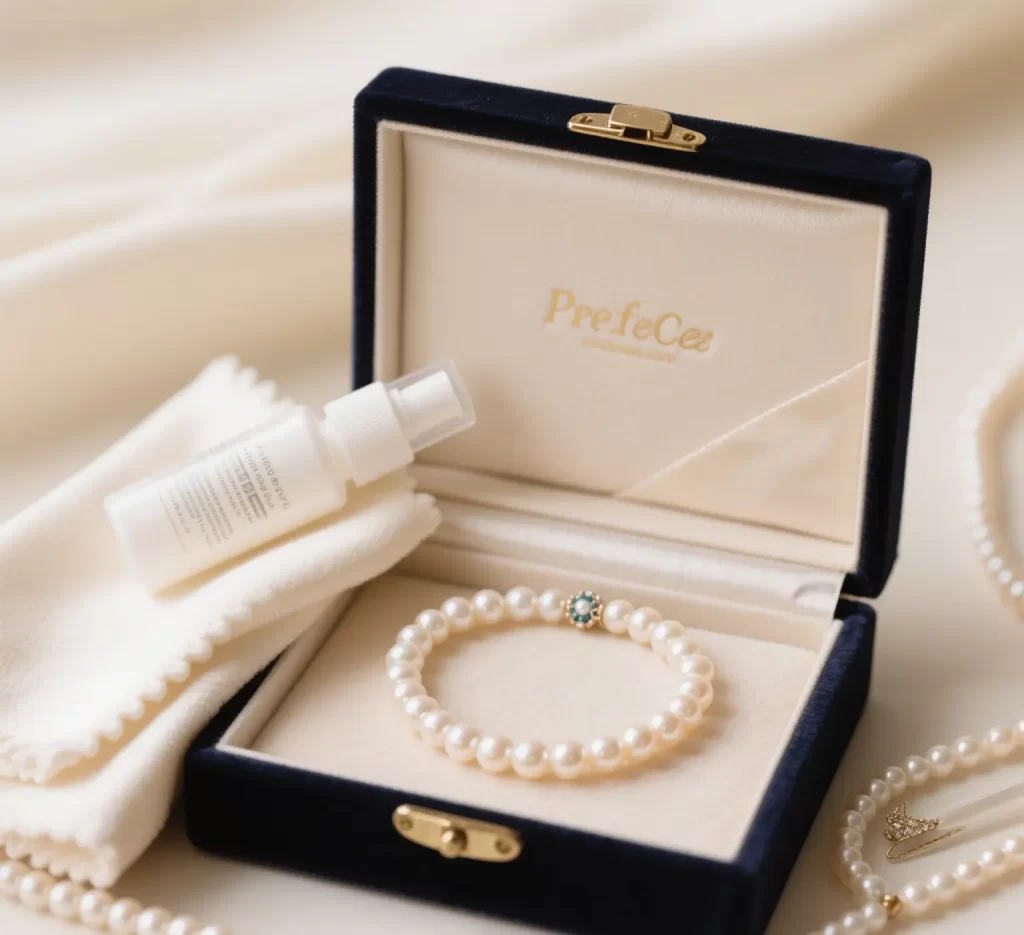
Pearls are prized around the world for their soft beauty and natural elegance. Contrary to hard gemstones, pearls are organic, molded organically by the force of nature through time. With the right care, they can maintain their beauty and value for a lifetime.
Taking appropriate care, pearls will last for many lifetimes, natural, cultured or synthetic. Here are some pearl care essentials to help ensure your pearl jewelry stays in its best condition for years to come.
Keep Your Pearls Clean Safely
Pearls should be wiped down with a soft cloth before being put away. This eliminates sweat, oils, and dust that builds up and can create a dull surface. To clean more thoroughly, use a damp cloth—making sure to allow the pearls to dry completely before storing.
Never use a toothbrush or other abrasive cleaner. A mixture of mild soap and water will do if necessary, but pearls should never be soaked in water. Be sure to take care of pearls made from nacre, as rough handling may scratch the surface or compromise the string.
Store Pearls to Prevent Damage
Store pearls to prevent damage. Keep pearls in a soft pouch or separate, lined box away from other jewelry to avoid scratches. Pearls are more delicate than most other stones and metals.
Make sure the area you store them is kept cool and shaded. Since pearls are sensitive to heat and dryness, don’t store them in dry or hot areas, like direct sunlight. Protect pearls by leaving them at home when out for long periods on sunny days.
Proper pearl storage ensures the nacre layers remain thick and luster remains beautiful.
Avoid Chemicals and Scratches
Protect your pearls from perfumes, lotions, and household cleaning products. These can erode the nacre and dull the luster. Take pearls off before working out or cleaning around the house to prevent bumps or abrasions.
This regular cleaning prevents dirt and debris from settling into the pearl’s surface, which can dull its natural sheen. When properly cared for, pearls will continue to be beautiful and valuable.
Conclusion
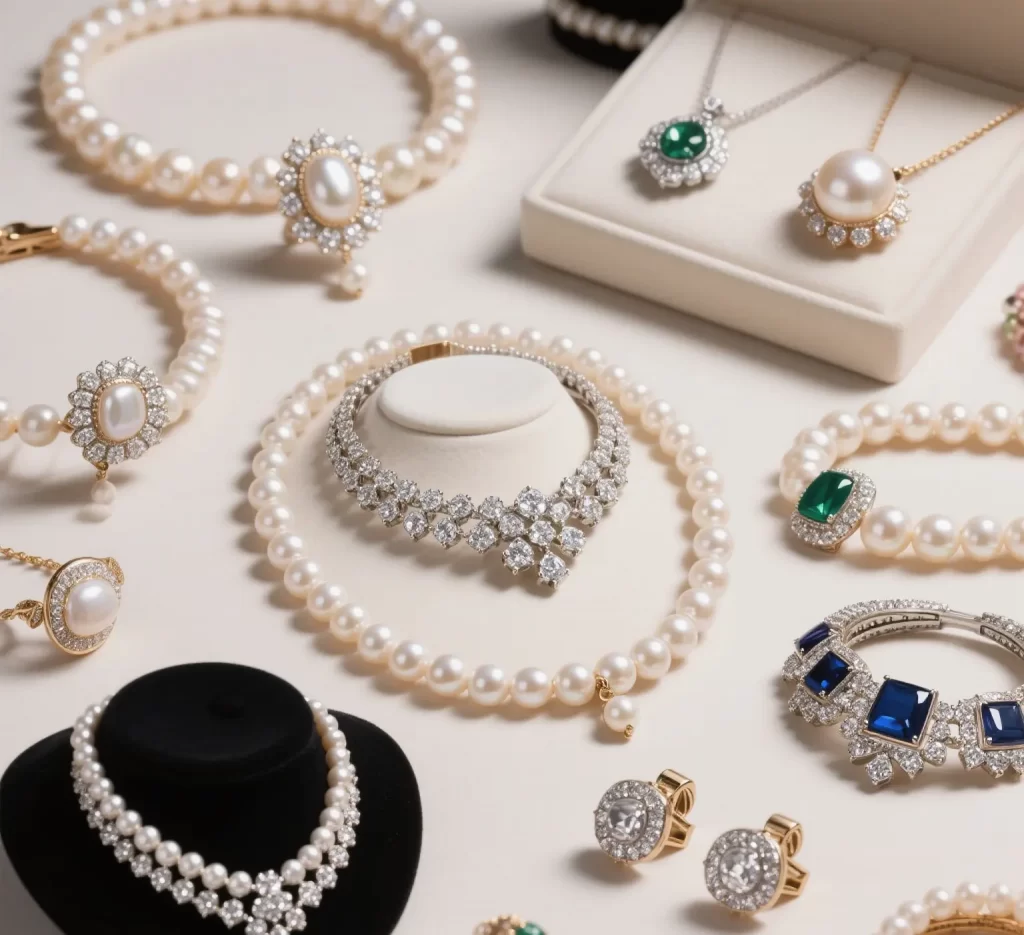
The various types of pearls flaunt a surprising variety of shapes, hues, and histories. Wild captures, collected from the waters of the Gulf, highlight unusual colors, shapes and textures. Freshwater pearls in Tennessee bring an entirely different beauty to the table of pearl varieties. For example, some people prefer traditional white Akoyas, but others choose striking black Tahitian pearls or contemporary baroque styles, showcasing the diversity of different types of pearls available today.
Authentic pearls stand apart from fakes—visually, tactily, and in quality—smooth, heavy and never perfect. You’ll find that you enjoy pearls even more when you understand how they work and how to care for them properly to keep them safe. So when it’s time to select a meaningful gift or indulge a little yourself, put this knowledge to use. Choose wisely and have fun! Have a pearl tale to tell, or a good pearl tip to share? We want to see how you’re using pearls. The conversation continues to be an uphill battle.
Frequently Asked Questions
What are the main types of pearls found in the United States?
The four primary types are Akoya, Tahitian, South Sea and freshwater pearls. Freshwater pearls are by far the most widely cultivated type of pearl produced in the U.S., particularly in Tennessee.
How can I tell if a pearl is real or fake?
Lightly scratch two pearls against each other. If you rub them against your teeth, real pearls will feel gritty, while fakes will feel smooth. An experienced jeweler can be a resource for checking authenticity.
Are freshwater pearls less valuable than saltwater pearls?
Are freshwater pearls less valuable than saltwater pearls? Saltwater pearls such as Akoya or South Sea typically are more expensive because of their rarity and luster.
What is the difference between natural and cultured pearls?
Natural pearls are created entirely without human intervention. Cultured pearls are grown on a pearl farm, involving the implantation of a small bead or piece of tissue to stimulate pearl formation.
Which type of pearl is best for everyday jewelry?
Freshwater pearls are the most durable and most affordable, making them the best choice for everyday jewelry. From rounded to baroque and pastel to deep hues, they’re stunningly diverse.
Do pearls require special care?
Special care of pearls Yes, do avoid exposing pearls to chemicals, perfumes, and prolonged direct sunlight. Polish with a gentle cloth after each use.
Are American freshwater pearls eco-friendly?
Yes, American freshwater pearls are eco-friendly eco-sustainable beautifully unique pearls that have a minimal impact on the environment.
Related Posts
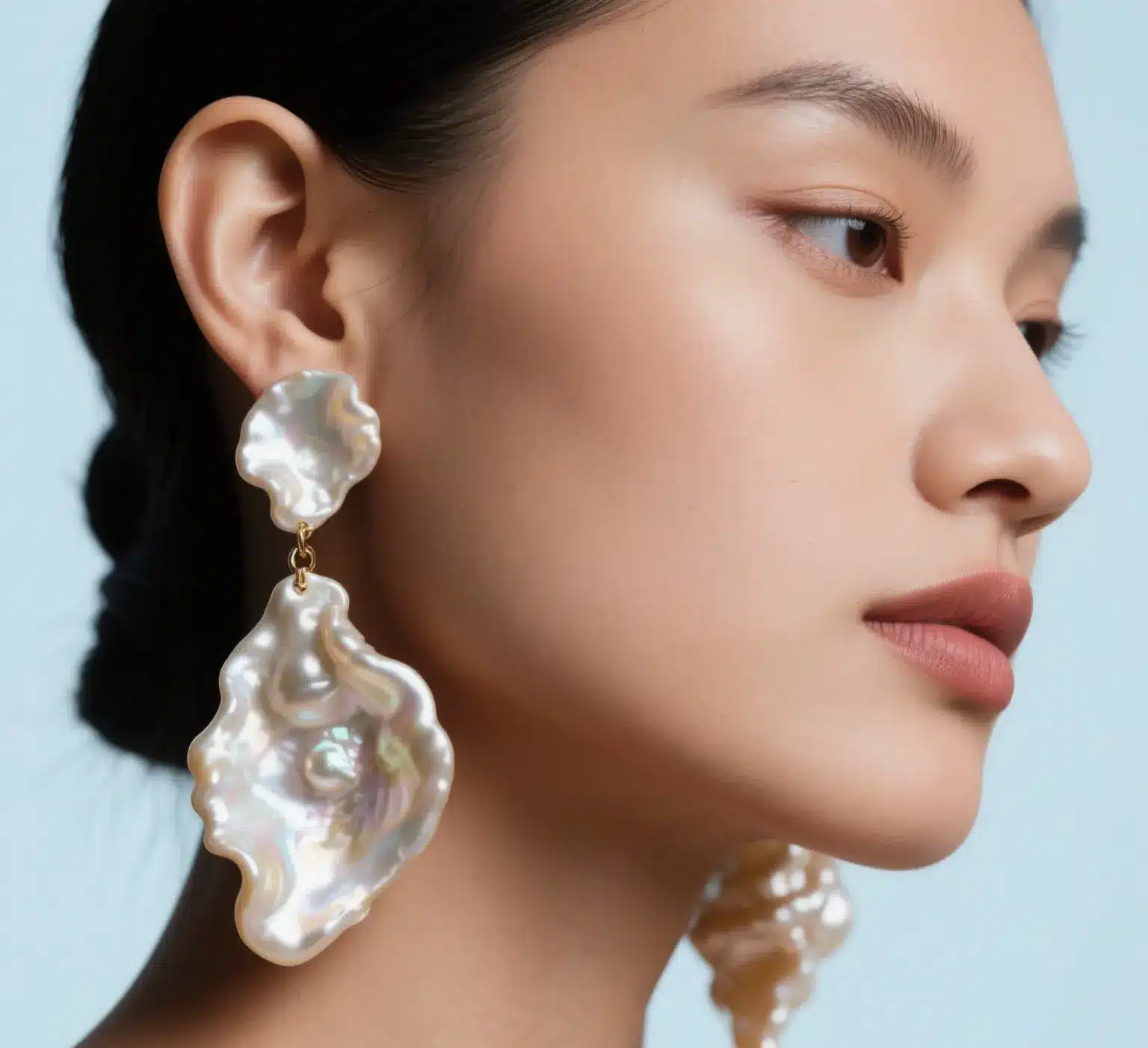
The Ultimate Guide to Different Types of Pearls: A Comprehensive Overview
Key Takeaways Understanding the various types of pearls is essential for any jewelry enthusiast or collector. From natural to cultured, freshwater to saltwater, different types

